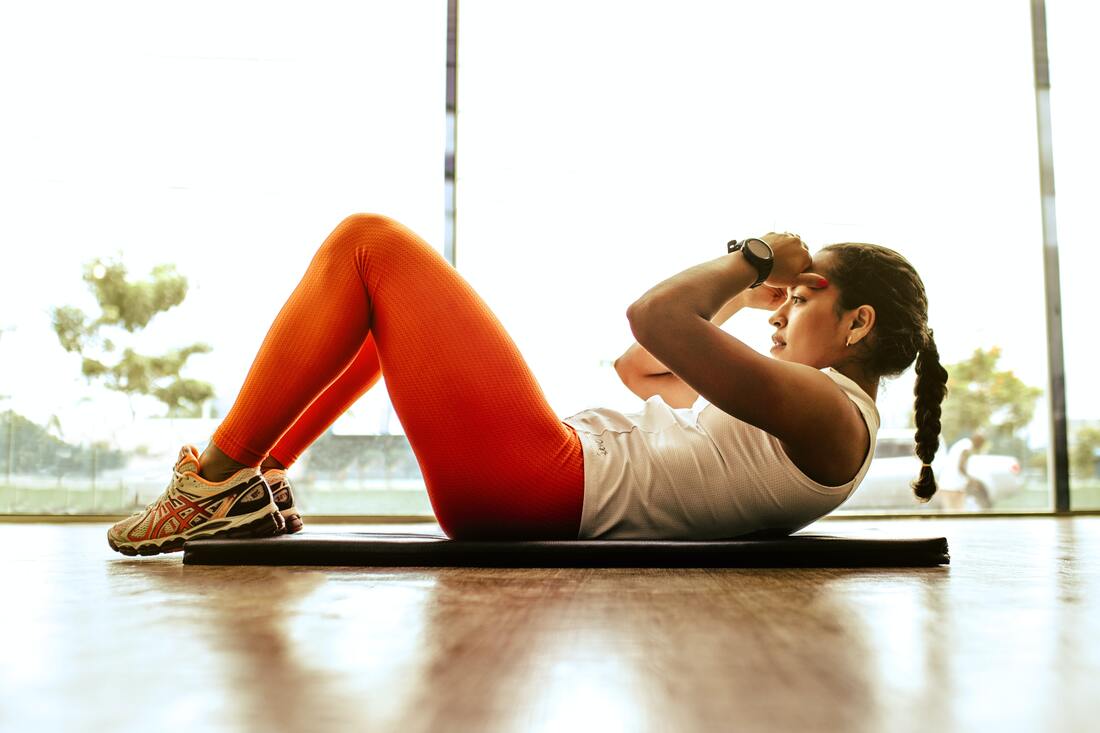Children (5-17)
Adults (18-65)
Older Adults (65+)
Pregnancy If you and your baby are healthy, you should aim to meet the physical and sedentary behaviour guidelines for adults during pregnancy. This means being active most days, preferably every day, to a weekly total of either:
Doing any physical activity is better than doing none. If you do no physical activity right now, start by doing some, then slowly build up to the recommended amount. Disability and Chronic health conditions For some people with disability, physical activity can be a challenge. This can be due to mobility issues or a lack of accessible and inclusive gyms and other exercise spaces. The Australian Institute of Health and Welfare has found that almost three-quarters of people aged 15 and over with disability do not do enough physical activity. This compares with about half of those without disability. If you can, try to meet the physical activity recommendations for your age group. Any activity is better than none, and it’s important to do activities that are appropriate to your ability. If you haven’t been active, speak with your doctor before starting anything new, then start slow, and build up over a few weeks. Stop exercising and speak with your doctor or physiotherapist if you experience any pain, discomfort, nausea, chest pain or shortness of breath. You may be entitled to see a Physiotherapist or Exercise Physiologist through the National Disability Insurance Scheme (NDIS). Our advice If we ever want advice on something we like to get my information from people in the field. What kind of car to buy? Ask a mechanic. Thinking of getting new kitchen knives? Talk to a chef. You get the idea. As a physio with a background in exercise science, health and exercise is our field. We’ve seen what works and what doesn’t. There is a phenomenal amount of scientific research on exercise that we stay up to date with. So, for anyone that is interested here is our best tips on exercise. Nearly everyone feels like they should exercise more, and they probably should based off the guidelines above. If exercise was a medication some form of it would be prescribed by every doctor for everyone at every age. There are a multitude of excuses people use not to exercise – time, cost, injury, boredom to name a few. With a bit of understanding, planning, and advice usually we can get most people doing something that works for them. In our opinion there is no “one” exercise that is superior to everything else. A mixture of exercise types is actually likely to be superior to just doing one type all the time. Finding something that a client can do consistently, safely for a long period are ideal. Below are a few of the things we look for when choosing an exercise program:
What the above 3 points look like will vary from person to person depending on a multitude of factors. If all this is a little overwhelming, you’re not alone - there is an entire industry to help you out. Use these 3 questions to see what exercise might work for you and if you need extra help book in with a health professional – we would recommend either an exercise physiologist or a physiotherapist (we have both on the team) with an interest in exercise to tailor a program for you. Want to see one of our Tarragindi Physios? Give us a call on 07 3706 3407 or check out our Bookings tab to find the right person and time to suit you! Keep your eyes peeled and we will show you what our team do for exercise.
0 Comments
Leave a Reply. |

 RSS Feed
RSS Feed